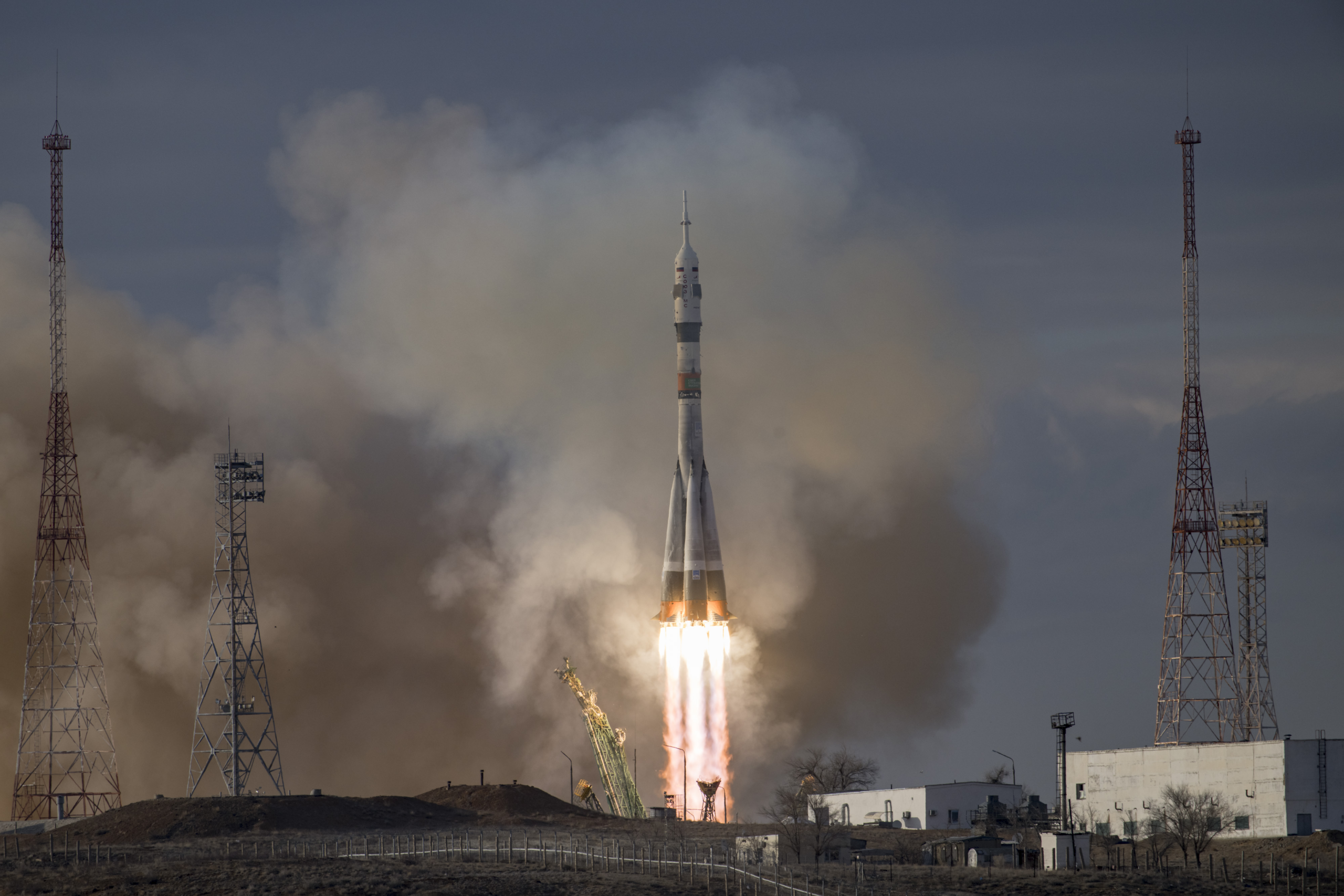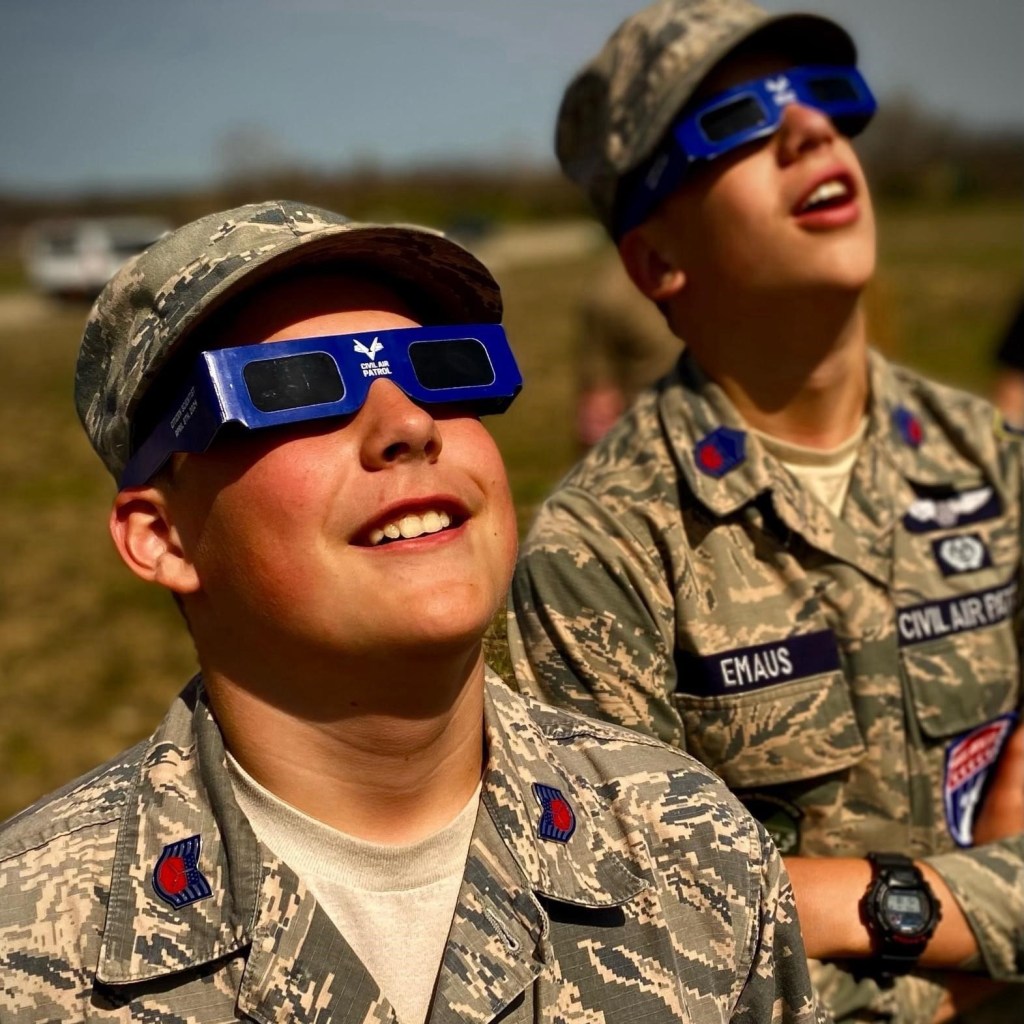For the first time ever, the CAP had cadets and senior members participating in a mission from every wing (US state), in addition to two US territories and 2 Canadian provinces. Over 400 teams with over 3,000 cadets and over 1,000 senior members collected air temperature, clouds, wind, and precipitation for a total of 4 hours before, during, and after the eclipse. This work was led by Capt. Shannon Babb who organized the mission with the aerospace education team led from the Rocky Mountain Region.
Related Posts

Discovery Alert: Glowing Cloud Points to a Cosmic Collision
Even within our own solar system, scientists have seen evidence of giant, planetary collisions from long ago. Remaining clues like…

NASA Astronaut Tracy Dyson, Crewmates Safely En Route to Space Station
Three crew members including NASA astronaut Tracy C. Dyson successfully launched at 8:36 a.m. EDT Saturday from the Baikonur Cosmodrome…

‘Super’ Star Cluster Shines in New Look From NASA’s Chandra
Westerlund 1 is the biggest and closest “super” star cluster to Earth. New data from NASA’s Chandra X-ray Observatory, in combination with other…
